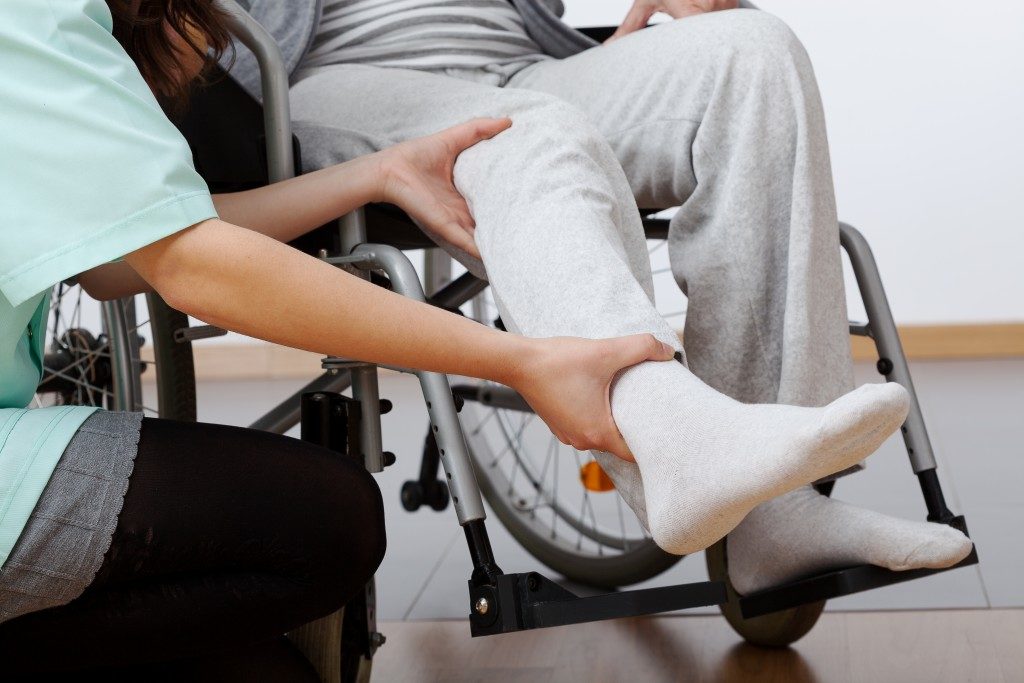Phases of Physiotherapy for the Management of Plantar Fasciitis

Heel pain is generally a consequence of plantar fasciitis in today’s world. The plantar fascia is the thick band comprising connective tissue on the bottom of your heel bone and spreading along your sole. It acts as the passive limitation for an over flattening of your foot’s arch. Micro tears along this connective tissue cause its inflammation, a condition known as plantar fasciitis. Running, more so with the toe rather than heel style, and poor foot biomechanics like that attributed to the wearing heels for an extended period are the common causes of plantar fasciitis.
Podiatry clinics in Singapore are the leading choice for any form of heel pain. Physiotherapy is now one of the management options for plantar fasciitis in podiatry care. Most people are tempted to settle for any clinic offering physiotherapy services when they hear that this is one of the options in podiatry care. Physiotherapy for heel pain is nonetheless unlike the one provided in regular centers. Here are the primary phases of physiotherapy used in the management of plantar fasciitis:
Regaining Full Range of Motion
After the protection of injured tissues from additional damage and degenerative changes, a physiotherapist will focus on the regaining of your heels’ full range of motion. This will take several weeks and encompasses the formation of new scar tissue. Gentle stretches, light active exercise, and massages will form part of your treatment at this phase to avert re-scarring in the future and the formation of lumps.
Restoration of Foot Arch Muscle Control
Your foot’s arch is controlled by the foot arch muscles that ensure the stability of your foot’s base and prevent excessive loading of your plantar fascia. The physiotherapist will assess and correct your foot arch muscles since these are commonly affected in plantar fasciitis. This way, your natural foot’s biomechanics and the stability of your step are restored.
Restoration of Leg and Calf Muscle Control
It might be challenging to understand how your hip, leg, and thigh muscles play a crucial role in the control of your foot’s normal arch and functioning. A physiotherapist will assess the working of your heel right up to the hip. He/she will then pick the ideal exercises and treatments to address all these areas. In so doing, they ensure the optimal functioning and healing of your plantar fascia.
Return to Normal Sporting Activities

If the cause of your plantar fasciitis is a sporting activity, your physiotherapist will guide you on the right exercises and techniques when returning to regular sports. The exercises at this stage are designed to help you protect your healing muscles from re-tearing. The physiotherapist will work with you based on your timeframes, training schedules, and goals to guarantee the exercises do not undo the healing you have achieved so far.
You cannot afford to leave the treatment of plantar fasciitis to just any physiotherapy center. The best choice is physiotherapy services at a podiatry clinic since this will follow the above phases. Moreover, the physiotherapy will be used with other treatment modalities to guarantee optimal management of your heel pain. These include cortisone injections, casting, night splinting, and orthotics when necessary.




